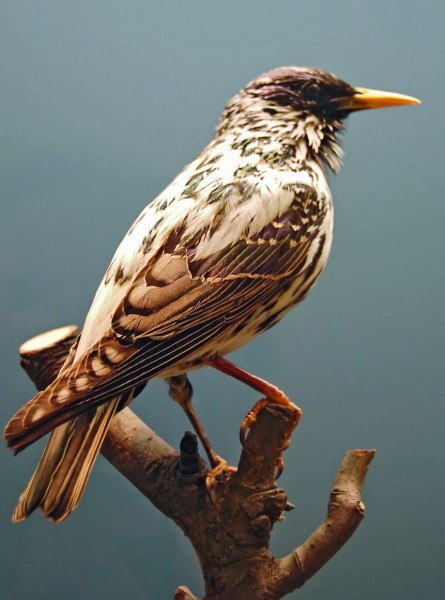Hedgehog Droppings as A Source of Microbial Diversity in Terrestrial Environments
Microbial diversity plays a crucial role in shaping the health and functionality of terrestrial ecosystems. Within these ecosystems, various sources contribute to the intricate web of microorganisms, each with its unique characteristics and functions. One often overlooked but essential contributor to this diversity is hedgehog droppings, which serve as a reservoir of microorganisms with the potential to influence soil health, nutrient cycling, and overall ecosystem resilience. Hedgehogs Erinaceus europaeus are nocturnal insectivores found in a wide range of habitats, from urban gardens to rural landscapes. These small mammals are known to have a significant impact on their environment through their feeding habits, burrowing behavior, and waste production. Hedgehog droppings, or feces, are often ignored in the context of ecosystem dynamics, but recent research has started shedding light on their role in fostering microbial diversity. Hedgehog droppings are rich in organic matter, as they primarily consist of undigested insect parts and plant material from the hedgehog’s diet.
This nutrient-rich composition makes them an attractive substrate for a diverse array of microorganisms. Studies have shown that hedgehog droppings harbor a wide range of bacteria, fungi, and other microorganisms that contribute to soil fertility and nutrient cycling. These microorganisms are responsible for breaking down complex organic matter into simpler forms, releasing essential nutrients like nitrogen, phosphorus, and carbon back into the ecosystem. One fascinating aspect of Igel microbial diversity is their potential to introduce rare or unique microbial species to the soil. These droppings may contain microorganisms that are not commonly found in the surrounding environment, contributing to the overall genetic richness of the microbial community. This diversity can enhance the resilience of the ecosystem by providing alternative pathways for nutrient cycling and ensuring functional stability in the face of environmental disturbances. Furthermore, the burrowing behavior of hedgehogs plays a role in distributing their droppings throughout the ecosystem.
 As hedgehogs move through their habitat, they inadvertently disperse microorganisms from their droppings, thus influencing the microbial composition and diversity across various microhabitats. This microbial connectivity, driven by hedgehog behavior, can lead to the exchange of genetic material and functional traits among different soil microbial populations. Understanding the role of hedgehog droppings in shaping microbial diversity has implications for conservation and ecosystem management. Declines in hedgehog populations due to habitat loss and other factors could potentially lead to reduced microbial diversity in terrestrial ecosystems. This, in turn, might impact nutrient cycling, soil structure, and plant growth. Recognizing the importance of these small but influential contributors to ecosystem health underscores the need for a holistic approach to conservation that considers not only the larger species but also the myriad of interactions occurring at microbial levels. As we continue to explore the intricacies of ecosystem dynamics, it becomes increasingly clear that even the smallest and seemingly insignificant contributors have a profound impact on the health and functioning of our planet’s terrestrial ecosystems.
As hedgehogs move through their habitat, they inadvertently disperse microorganisms from their droppings, thus influencing the microbial composition and diversity across various microhabitats. This microbial connectivity, driven by hedgehog behavior, can lead to the exchange of genetic material and functional traits among different soil microbial populations. Understanding the role of hedgehog droppings in shaping microbial diversity has implications for conservation and ecosystem management. Declines in hedgehog populations due to habitat loss and other factors could potentially lead to reduced microbial diversity in terrestrial ecosystems. This, in turn, might impact nutrient cycling, soil structure, and plant growth. Recognizing the importance of these small but influential contributors to ecosystem health underscores the need for a holistic approach to conservation that considers not only the larger species but also the myriad of interactions occurring at microbial levels. As we continue to explore the intricacies of ecosystem dynamics, it becomes increasingly clear that even the smallest and seemingly insignificant contributors have a profound impact on the health and functioning of our planet’s terrestrial ecosystems.